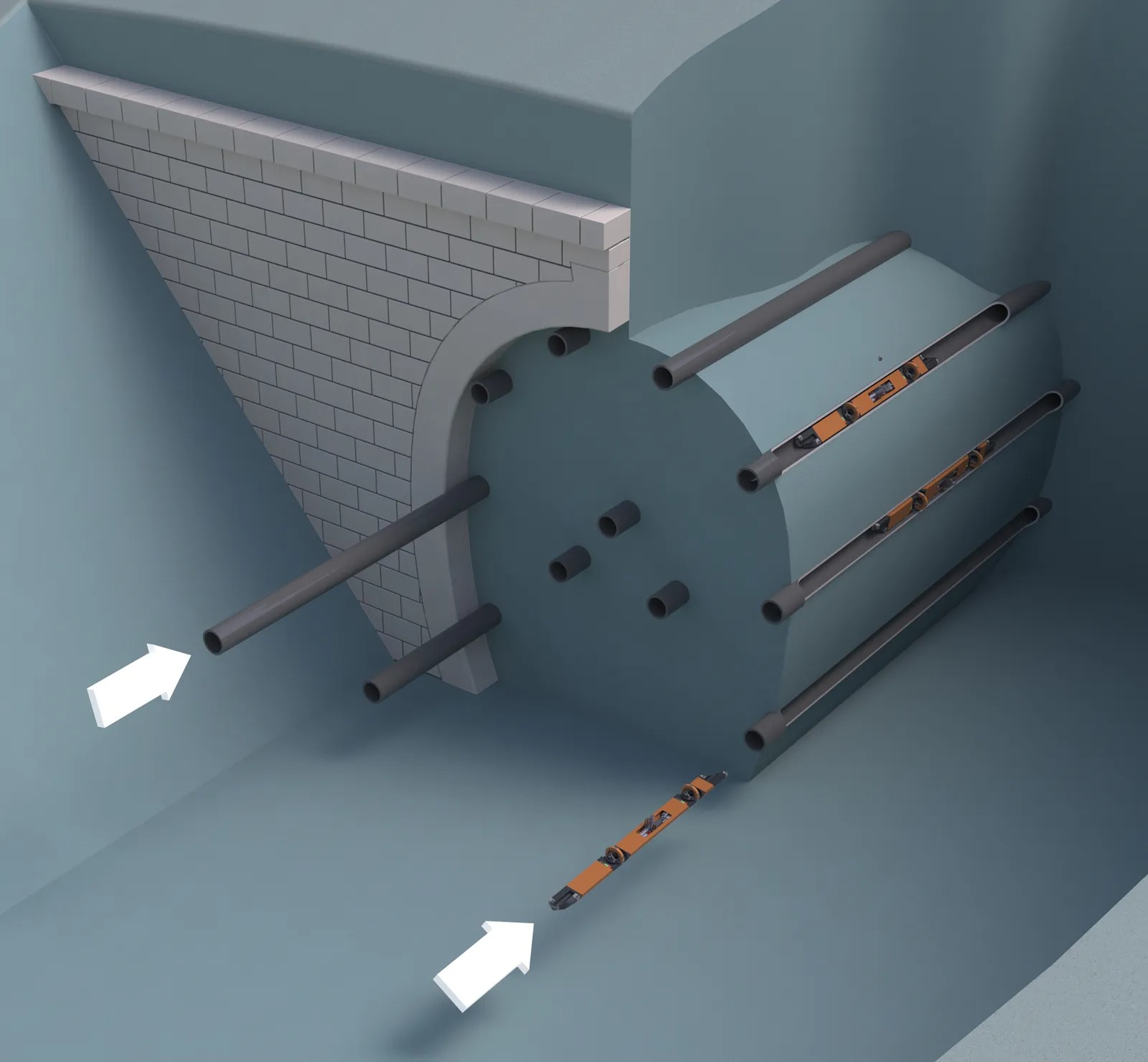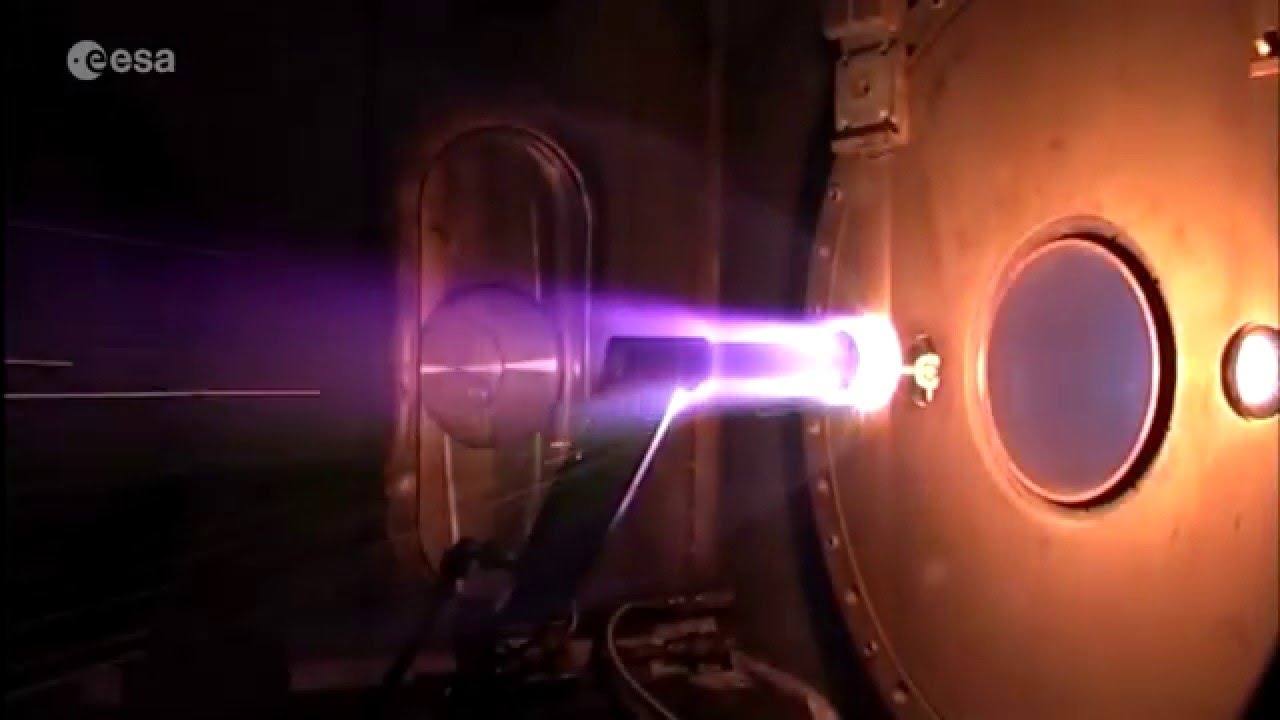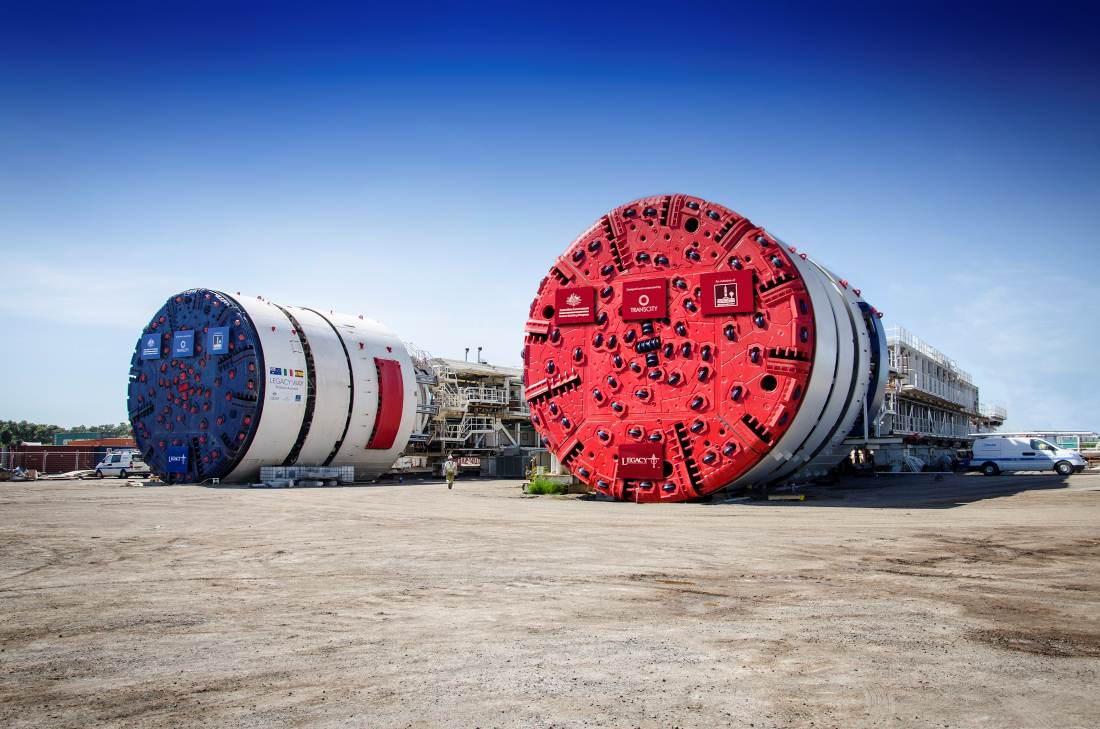Not a giant drill, the tunnel of the future could be created by swarms of small robots
- Tram Ho
For decades, engineers trying to build underground tunnels have relied on giant tubular machines, the kind equipped with a series of cutting wheels to handle the rock at one end. . These giant machines, known as tunnel boring machines, or TBMs, are very expensive and are often custom built for each project. In London’s recently opened Elizabeth Line railway, the machines deployed weigh more than 1,000 tons each and can create tunnels more than 7 meters in diameter beneath the UK capital.
But British startup hyperTunnel has other ideas. The company proposes a future setting in which the robots are much smaller, only about 3 meters long and shaped like a half cylinder. They will launch underground through existing pipes. These pipes, about 25 cm in diameter, are laid according to the contours of the walls of the proposed tunnel. Once inside them, the robots will use a robotic arm with a milling head to penetrate the surrounding land and excavate small gaps, which will then be filled with concrete or some other sturdy material. other. With each piece like this, the structure of a new tunnel will be created and put together.
“We are talking about thousands of such robots,” said Patrick Lane-Nott, technical director of hyperTunnel. “It’s like a colony of ants or a colony of termites working in a swarm.”

Our future will be full of tunnels.
The company released a 3D video illustrating its concept. But it’s the opposite of building conventional tunnels. With the TBM, you first dig the hole and then place supports or walls to hold the remaining soil around the gap. As for hyperTunnel’s technology, they put tunnels in the ground and then dig. Once the structure has been built, the materials that are filling the cavity of the tunnel can be removed.
He argues that one of the prominent advantages of this approach is the use of less building materials. Instead of placing standard sections of tunnel walls along the entire length of the project, the outer thickness of the structure can be varied to accommodate the actual geology and pressure around the tunnel at any given point. any.
According to tunneling experts, the industry is calling for technological solutions to reduce costs and improve efficiency. By now, it can take years to design and build a TBM and then you can just dig a tunnel with it. A flurry of new companies that promise to shake things up is emerging, from Elon Musk’s Boring Company to hyperTunnel and others, all developing new ways to break through hard rock. best on Earth.

The pipes are drilled into the rock surface (blue), and from within them, countless robots (orange) will build the walls of the tunnel before the central part is opened.
Jasmin Amberg, project manager at Amberg Engineering, an underground construction company founded by her grandfather, said: “There’s a lot going on and I think that’s good, because of the industry. tunneling must be improved”. In her eyes, the tunneling business needs to grow faster and more sustainably.
And at the same time, there are many projects out there waiting for them. China recently completed a 20km railway tunnel in the Longmen Mountains after a decade of construction. In the UK, the HS2 rail project, which will connect London with towns and cities in the north, will be set up with more than 100 kilometers of tunnels along the proposed route. And Peter Vesterbacka, who used to work for Rovio, the developer of Angry Birds, is behind an ambitious plan to build an undersea tunnel between Finland and Estonia. These are just a few typical examples.
Amberg Engineering forecasts that the demand for underground infrastructure will increase in the future. And they’re more than just a means of escaping rising temperatures on the ground caused by climate change. “Maybe it wouldn’t be so bad if there was a place where we had a more stable temperature,” she said.
Tunnels aren’t just for transportation. Troy Helming, founder and CEO of San Francisco-based startup EarthGrid, stressed the need to put power lines underground. And this is what his company is all about. He noted that most transmission cables are above ground, exposing them to increasing hurricanes and hurricanes, as well as wildfire disasters.
“Our plan is to create a supergrid across North America, providing a map with colored lines showing the grid stretching from the east coast to the Pacific and offshore wind farms in the region. future in the west. It’s a plan that could help link America’s fragmented power grid, and potentially even extend as far as Europe one day, to harness the huge offshore wind potential there.” , Helming said. “It was crazy and daring.”
One obstacle to tunneling is extremely hard rocks, such as granite and quartzite, which make traditional drilling in some areas difficult or impossible. And Helming is betting on a technology called a “plasma torch,” which can heat rock to around 6,000 degrees Celsius, causing it to explode into shards of glass. He suggests that this could allow tunneling in hard rock 100 times faster than current technology. EarthGrid is developing a robotic prototype using five plasma torches, and Helming says it will be ready for testing by March 2023. The company also aims to complete the large-scale commercial project. first small later this year.
However, Helming notes that in the case of EarthGrid, the tunnels will not be circular but will be a traditional horseshoe shape. It’s a square with an arch on top, instead of a flat ceiling. This makes it easier to install cable racks, he argues.

EarthGrid technology uses plasma torches.
A rival company, Petra, also aims to dig through hard rock with the power of heat, but it proposes a thermal cutter that uses a mixture of gas and heat instead of a plasma torch. CEO and co-founder Kim Abrams said the idea was to get through the “geological nightmare” with relative ease.
“We completed a 10 meter long, 76cm diameter tunnel in granite last week,” she said, adding that the company hopes to start the commercial project next year. The company is also working on a solution of its own to tackle other difficult cases, like digging in extremely soft ground or waterlogging in coastal cities.
Of course, these tunneling technologies have yet to prove that they can be successful on a large scale. Jasmin Amberg commented that the concept of hyperTunnel is interesting, but she is not sure how the robots will tackle areas with hard or waterlogged geology.
Jian Zhao is a professor in the Department of Civil Engineering at Monash University in Australia. He and his colleagues explored the use of laser, microwave, and high-pressure waterjet technologies, among others, for tunneling applications. He is skeptical that Petra’s heat-based method will suffice for large tunneling projects, but he wonders if it could be used alongside mechanical digging.
Michael Mooney, a professor of construction and tunneling at the Colorado School of Mining, says investments are driving innovation. And while it is not known whether any of these new tunneling technologies will break through to large-scale commercial success, he stressed that cheaper, faster techniques are highly sought after in the industry.
He also argues that the Boring Company, Elon Musk’s company, is developing its own type of TBM that can be activated from the surface to dig underground tunnels is also an innovation. Usually, you will need to dig a hole first and then move the TBM down there so that it starts creating the tunnel.
“Building a new tunneling machine for a specific project each time makes things more complicated and expensive,” explains Mooney.

Elon Musk soon realized the future of tunnels when he founded the Boring Company.
Finally, Amberg mentions that there are many tunnels around the world, which are now aging, in need of maintenance and repair. New technologies are also required to do this work efficiently.
And one of those targeting such markets is hyperTunnel. Lane-Nott says his company’s microrobots will be able to launch down old tunnels to fortify structures outside without operators having to shut down road or rail traffic inside. .
The future of man will be full of tunnels, it is an accepted fact. And the race is on to find out who will dig them and how quickly and efficiently.
Refer to Wired, hyperTunel
Source : Genk
